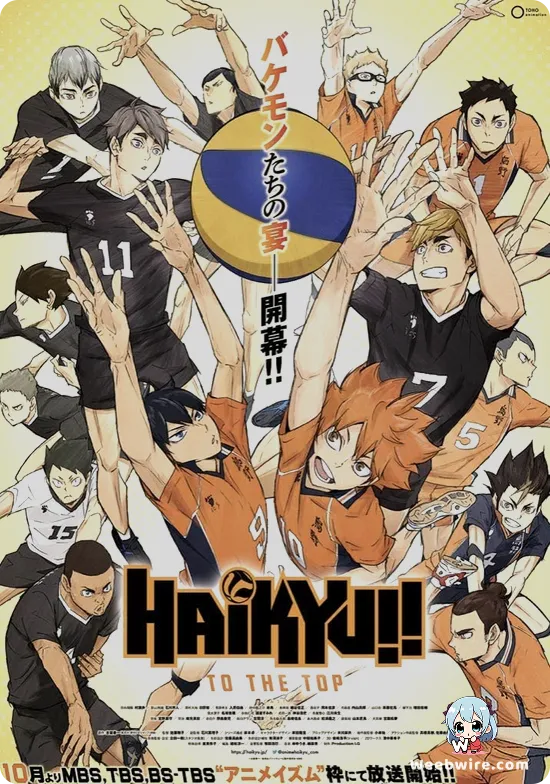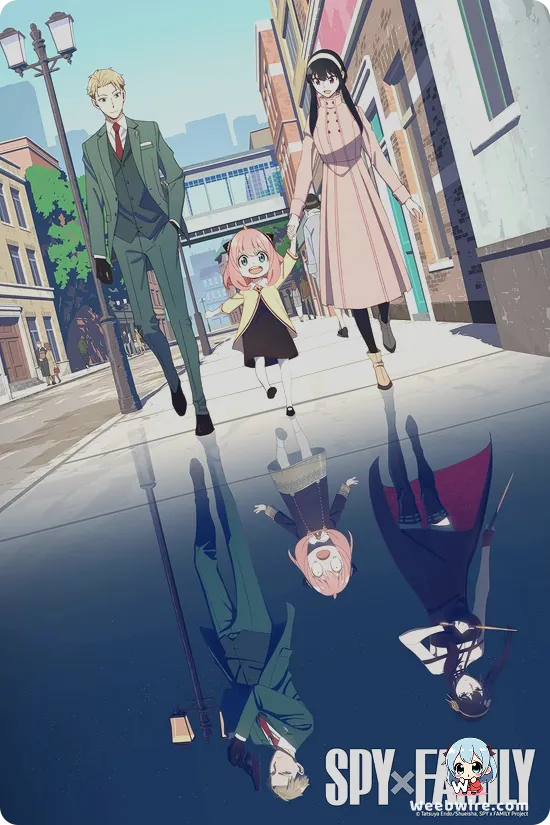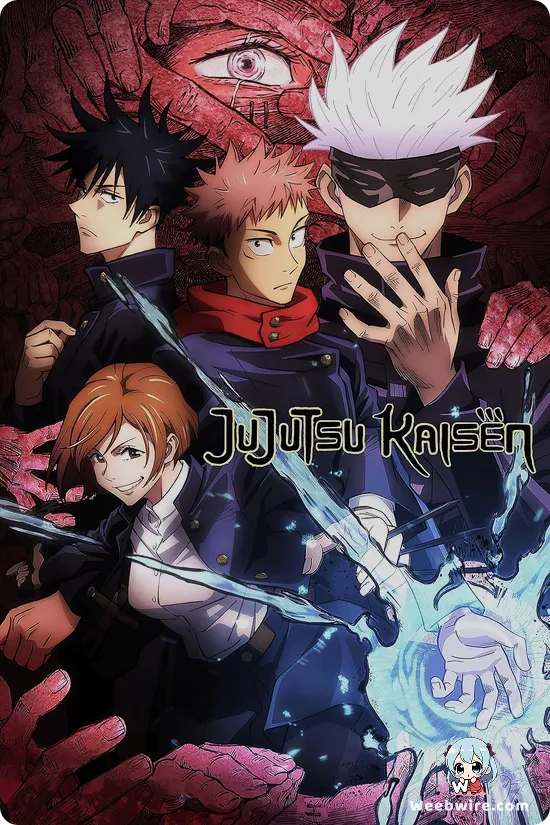Production I.G's Unhinged Masterpiece: Revisiting the Enduring Absurdity of Cromartie High School
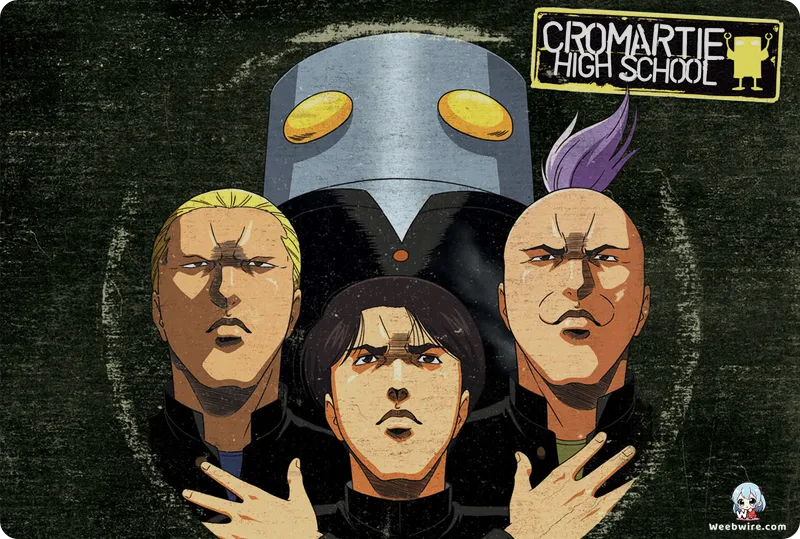
In the expansive and often predictable landscape of anime, Cromartie High School emerges as a truly singular creation. This 2003 series is a masterclass in absurdist comedy, a genre-defying work that continues to charm and perplex audiences. Its release marked a fascinating departure for Production I.G, a studio renowned for its intricate sci-fi epics like Ghost in the Shell and the compelling psychological thriller Psycho-Pass. With Cromartie, the studio brilliantly demonstrated its remarkable versatility, delivering a unique blend of non-sequitur humor, sharp parody, and the art of the anti-joke. Here, logic is perpetually suspended, and chaos reigns supreme, offering an exhilarating dive into a world brimming with fascinating quirks that make it an unparalleled viewing experience.
A Premise Rooted in the Absurd
The core premise of Cromartie High School is disarmingly simple: Takashi Kamiyama, an ordinary and polite student, finds himself inexplicably enrolled in Cromartie High. This institution is notorious for housing some of Japan's toughest delinquents. However, what unfolds is far from a typical narrative of survival or gang dynamics. Instead, viewers are treated to a series of increasingly surreal vignettes where common sense is utterly nonexistent. The humor brilliantly springs from the characters' deadpan reactions to the most outlandish situations, creating a comedic rhythm that is both subtle in its delivery and explosively funny in its impact.
Unforgettable Faces of Cromartie
A cornerstone of Cromartie's comedic genius lies in its truly unforgettable cast of characters. Consider Freddie, the silent, motorcycle-riding delinquent whose unmistakable resemblance to the legendary rock icon Freddie Mercury provides an endless stream of visual gags and expressive grunts. Then there is Mechazawa, a robot who is inexplicably accepted as a human by his peers, despite his obvious mechanical nature and internal monologues about rust and the complexities of humanity. Even a silent gorilla is treated as a regular student, attending classes and participating in school life without a second thought. These characters, and the unwavering normalcy with which their bizarre existences are accepted by everyone around them, perfectly encapsulate the show's unwavering commitment to logic-defying humor.
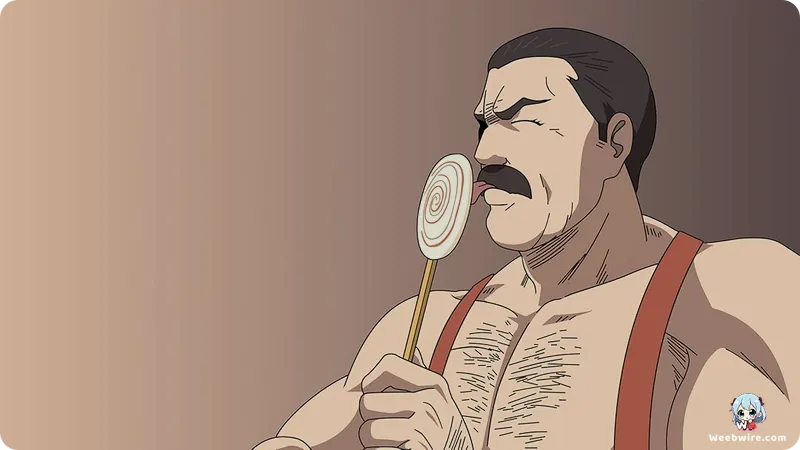
Production I.G's Bold Artistic Choice
Production I.G’s stylistic departure for Cromartie High School was both deliberate and remarkably effective. While the studio is widely recognized for its high-quality, detailed animation in acclaimed works such as Attack on Titan and Haikyuu!!, for Cromartie, they opted for an intentionally minimalistic, almost raw aesthetic. This choice was not a limitation but a strategic artistic decision that perfectly complemented the rough, spontaneous feel of Eiji Nonaka's original manga. This approach amplified the comedic timing through the clever use of static shots and exaggerated expressions, making every absurd moment land with precision.
Mastering the Anti-Joke and Non-Sequitur
Cromartie High School masterfully employs the "anti-joke" and "non-sequitur" comedic styles. It frequently derives its humor from the complete absence of a traditional punchline or from unexpected, entirely unrelated tangents that defy narrative convention. This clever subversion of comedic expectations keeps audiences perpetually engaged, proving that humor can be both intellectually stimulating and gloriously senseless. Its daring and unconventional approach challenged established anime tropes, earning it a fervent cult following that appreciates its unique brand of wit. The series definitively demonstrated that high school life could serve as a vibrant and fertile stage for pure, unadulterated surrealism, thereby cementing its pivotal place in the history of anime comedy and inspiring future creators to boldly push the boundaries of storytelling.
Credits
Cromartie High School
Author
Eiji Nonaka
Cover Art
Eiji Nonaka
Studio
Production I.G
Publisher
Kodansha
Producers



